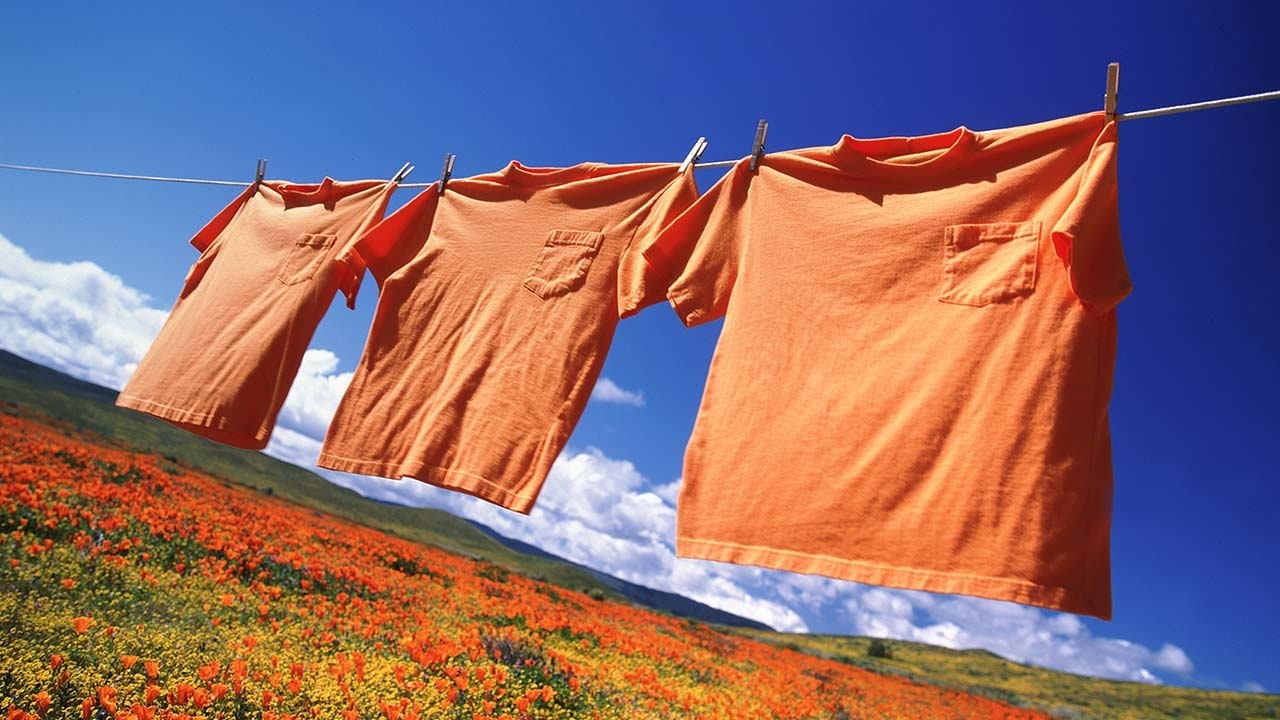In the past few years, consumers have become more aware of the importance of sustainability in fashion. They want to know how products are made—all the way down to the raw materials that are used—to ensure that their purchases aren't negatively impacting the environment.
This shift in consumer behavior has made traceable cotton very popular with fashion brands, as it ensures the cotton comes from farms that prioritize sustainable practices—and, in turn, allows the brands to market their products as such. To meet this demand, farmers are increasingly implementing sustainable practices—things like promoting biodiversity and minimizing harmful pesticides.
Moving a farm to regenerative agricultural practices can be challenging, however. To learn what changes they can make and ensure the traceability of their cotton, more farmers are turning to BASF's e3 sustainable cotton program.
"Traceability starts with the seed and covers all activities during the growing season through to harvest," says Raymond Daniels, seed sustainability manager for BASF's agricultural solutions business unit. "Farmers track their activities, including fields, inputs, and growing practices, in an online platform."
Data collection and management are crucial to farmers, who have to track everything from water usage to pesticide application for every acre of land. This data not only helps them see changes, improvements, and costs from year to year but also allows them to monitor their progress toward sustainability goals.
Without using technology, this data process can become cumbersome and prone to errors. Farmers are not data collection experts, says Daniels, and often don't have the time needed to capture everything.
"We overcome this in several ways, one of which is using an enrollment specialist," Daniels says, of signing farmers onto the e3 program, which leverages a digital platform called MyFarms. "The other is establishing API connections with farm management systems commonly used in our industry, allowing data to flow back and forth and ease the burden in capturing."
MyFarms itself incorporates data and modeling from public sources to help farmers compare the overall sustainability of their cotton to regional benchmarks, says Daniels.
Aside from data tracking, farmers signed on to BASF's e3 program have the added benefit of their cotton being traceable. Daniels says that the level of on-farm transparency that e3 provides is unique to the program.
"Once the cotton is harvested, we take the Permanent Bale ID (issued by the USDA) and attach that to the data captured in our platform," says Daniels. "For bales enrolled in the program, we can trace everything back to the field in which it was grown."
While BASF and the farmers can't trace the cotton once it is sold to a mill and goes down the value chain, a brand can if they choose to do so, Daniels says. When brands know the cotton they are buying is from a sustainable farm, they are often willing to pay more for it.
"We believe strongly that farmers need to be profitable and rewarded appropriately for the work they put into making their operation sustainable," says Daniels.
For Mark and Cali Noland, traditional farming knowledge has been passed down—Cali's family has been farming for about four generations in an area of the Mississippi Delta.
When Mark took over, the family moved to the farm in Northwest Mississippi but soon had health issues related to mold in the old farmhouse. Cali started researching natural health and kept hearing about regenerative agriculture.
"I started telling my husband, 'Hey, you know, I think we need to look into this,'" Cali recalls.
Before starting the transition, the Nolands signed up for BASF's e3 sustainable cotton program. This enabled them to track their progress, set goals, and make data-driven decisions that aligned with their sustainability objectives.
"That was kind of a gateway being opened for us," says Cali. "Getting a system for being able to look at those metrics on a year over year basis, where before there wasn't really anything that was monitoring that."
The Nolands started regenerative practices by implementing cover crops—plants that are there to help with soil erosion and to assist the growth of the chosen underlying crop. Then, about three years ago, they went no-till "on a good bit" of their land, says Cali. "We're just harvesting and then leaving it there to plant exactly like it is next year."
They've seen the benefits of regenerative agriculture firsthand, not just in terms of soil health and biodiversity, Cali says, but also in reducing their dependency on synthetic inputs such as pesticides. "In the last couple of years since then, things have really taken off. It's been awesome for us," says Cali.
The transparency and traceability provided by the e3 program have opened up new opportunities for the Nolands—including direct partnerships with clothing manufacturers.
"In the past, we've been pretty much 100 percent at the mercy of what the market is doing," Cali says. Now, by utilizing technology, they're able to step outside the market and negotiate a price that reflects the actual value of their sustainably produced cotton.
"With our cotton, we've been able to make individual relationships with some fashion brands who want to have that direct relationship with their farms," says Cali. “They want to know what practices you are doing on the farm for the integrity of their product.”
.png)
